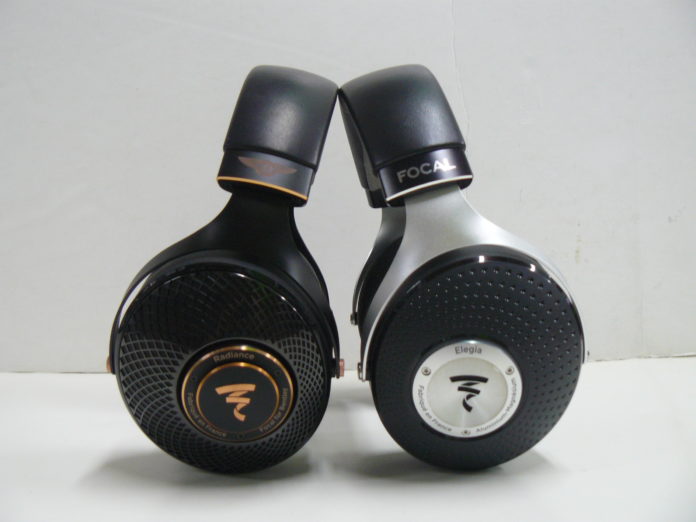Sometimes you get a headphone that gives you everything you ask for in your ideal listening experience. Then a new product comes and claims it will replace that experience. When it comes to Focal, you can definitely trust the French manufacturer to deliver an expertly crafted headphone, with a sound signature tailor-made for an audiophile taste. The Elegia garnered its a fair share of critical acclaim when it released. It was heralded as one of Focal’s less pricey models, while still delivering a quality comparable to other headphones that’ll cost you more than a grand. Now there’s a new player in the game, the Focal Radiance.
Focal’s latest, as part of their partnership with Bentley is meant to act as a rival of sorts to the Elegia, and will soon replace it altogether. The Radiance is more costly than the Elegia, currently sitting at $1,290 compared to the Eleiga’a $899 price point (currently dropping). However, the Radiance is still cheaper than the likes of the Utopia, Clear, or Stellia, so this is really a battle between Focal’s more affordable audiophile headphones. Can the Radiance really replace the Elegia?
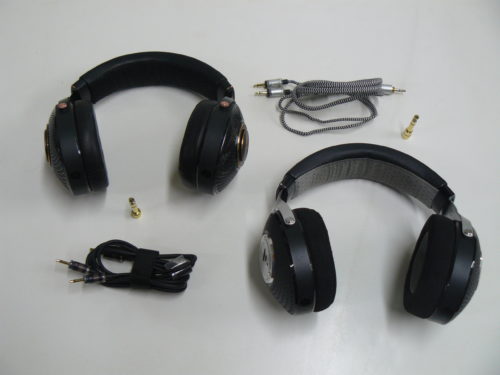
What You Get
If you’re familiar with the way Focal presents their headphones, then you’ll have trouble finding any significant differences in the packaging of the Radiance and Elegia. Both headphones come in Focal’s standard black, slide off boxes. The sporty headphone cases are presented here, with the only difference between the two being in coloration. Materials used to craft these quality hard cases remains the same, with both being compact and durable enough for easy portability. The only other accessories you’ll receive with both products are their detachable, 3.5mm cables with a quarter-inch adapter tucked onto the roof of the case.
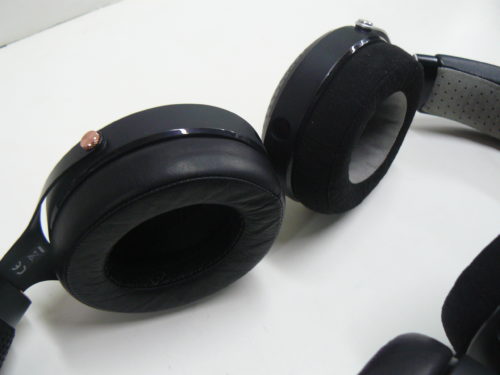
Look and Feel
A Focal headphone is very distinguishable. From the outside, they’ve given most of their audiophile headphone a similar build, with the exception of different design patterns on the ear cups. The most noticeable difference in appearance is that the Radiance’s design is inspired by the look of a Bentley, with its black finish and diamond patterns engulfing the housing and headband. In comparison, the Elegia looks a bit plainer, but it’s hard to knock it when the build quality is still top-notch when it comes to most audiophile headphones on the market. The ear cushions are also a point of contrast. Both headphones are comfortable fits, but the Radiance’s full-grain leather shows a softer, more luxurious approach compared to the Elegia’s micro-fiber memory foam. It’s a more gentle touch on the ear, where I feel the Elegia adds a bit more pressure.
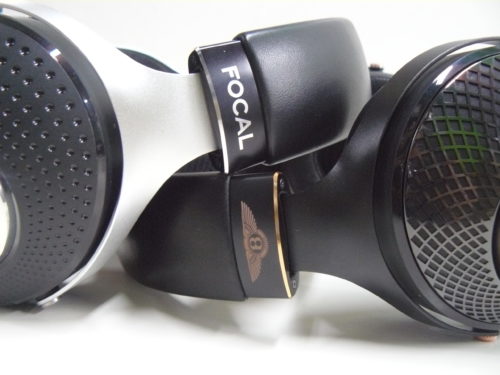
Design
The interior design of both headphones is mostly similar, with both using a 40mm driver with an “M” shaped aluminum/magnesium dome. Both headphones also feature a good amount of ambient noise isolation, due to their closed-back nature and housing builds. The circumaural architecture of the Radiance and Elegia encapsulates your ear in a secure manner, while still maintaining their lightweight builds. Even with all the bling the Radiance packs, it’s impressive how they still kept the weight down.
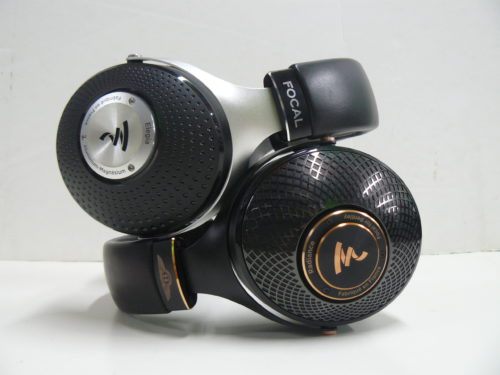
Output
The Radiance and Elegia both pride themselves on being accessible with most devices, featuring low impedance designs to drive easily with most systems. They both feature 35 Ohms of resistance exactly, and with their 3.5mm jack, become easy to pair with a mobile device or a laptop/PC. Using a DAP will probably do both headphones more justice, as their sound signatures are found to be more detail-oriented. They both sport the exact same frequency response as well, with both the Radiance and Elegia supporting 5Hz-23kHz.

Soundstage
At this point, the Radiance and Elegia are neck and neck. The sound quality usually should determine the winner, so let’s get into it. While both headphones offer up a lot of depth, the Radiance expands just a little bit wider in the stereo field. It doesn’t exactly affect the quality of the Elegia, since they’re both articulate in their separation and layering. They use their closed-back designs to respect the spatial imaging of the track, reproducing panning information, and placement with finesse. The Radiance likes to give itself a little bit more headroom to accomplish a grander sense of space, making it a bit more immersive than the Elegia. However, I believe the Elegia has the ability to go deeper with its response, carefully organizing the sound instrumentations in slightly a slightly more precise manner.
Low End
While neither headphone makes a great impact in the bass range, the Elegia makes a better case for noticeable details. The Radiance goes fairly deep in the lows, but in some instances can be too subtle for most listeners. The Elegia offers an immediate satisfaction of clarity, with clean textures that sometimes delve into the sub-bass range. Both headphones exhibit the most natural characteristics of the low end, but the Elegia focuses on its energy, while the Radiance pushes a more neutral tonality.
Mids
There are so many similarities in the mid-range of both headphones. The Radiance and Elegia offer a plethora of mid-band details while showcasing clarity and fullness. The Radiance leans more forward in its response, highlighting more details in the upper and lower mids. For instance, vocal registers in these areas are more balanced than on the Elegia, making room for more definition in these ranges. However, the Elegia still pops in some mid-bands and can articulate heavier instrumentals more effectively.
Highs
The Radiance and Elegia won’t make anything bright or harsh in the highs. In fact, both headphones feel slightly rolled off, and smoothed out, especially on the Elegia. That’s not to say that the Elegia doesn’t retain some sense of detail, but compared to the Radiance it is significantly more recessed. The Radiance is also slightly recessed but exhibits a more pleasant range of textures, like sparkle, and airiness. However, the Radiance might not have the highs for everyone, and the Elegia is more consistent in its smoothness for a more broad appeal.
Summary
This is one of the harder pairs to choose between. Focal has made the Radiance to replace the Elegia, but they’re so similar in the sound signature that the only major difference might just be a fresh coat of paint. If you’re looking for a much more aesthetically pleasing pair of headphones, then the Radiance wins in a landslide, but if you think that it’s supposed to be an upgrade from the Elegia in some way, you might be disappointed. If you like how the Elegia sounds, the Radiance might have some small discerning qualities, but tonally the differences are minuscule. If I had to choose one, I’d happily dish out the extra cash for the Radiance. I personally prefer that more top-heavy extension in the highs that the Radiance has slightly more edge in. However, it’s really up to personal preference in the end, and both these headphones showcase exquisite qualities in design and sound.
Specs
| Radiance | Elegia | |
| Type | Closed-back | Closed-back |
| Impedance | 35 Ohms | 35 Ohms |
| Sensitivity | 101dBSPL | 105dBSPL |
| Frequency Response | 5Hz-23kHz | 5Hz-23kHz |
| Speaker Driver | 40mm “M” shaped aluminum/magnesium dome | 40mm “M” shaped aluminum/magnesium dome |
| Weight | 22.05lbs (435g) | 0.95 lbs (430 g) |
| Cables | 1 x 4ft. (1.2m) OFC 24 AWG cable with 1/8″ (3.5mm) unbalanced TRS jack connector
1 x jack adapter, 1/8″ (3.5mm) point socket – 1/4″ (6.35mm) point plug |
3.94 feet (1.2 m) asymmetric cable (0.14″ – 3.5 mm TRS jack). 0.14″ (3.5 mm) to 0.25″ (6.35 mm) stereo jack adapter |
The Focal Radiance is available at Audio 46.
The Focal Elegia is available at Audio 46.
MAJORHIFI may get a commission from retail offers.
MAJORHIFI may receive commissions from retail offers.


